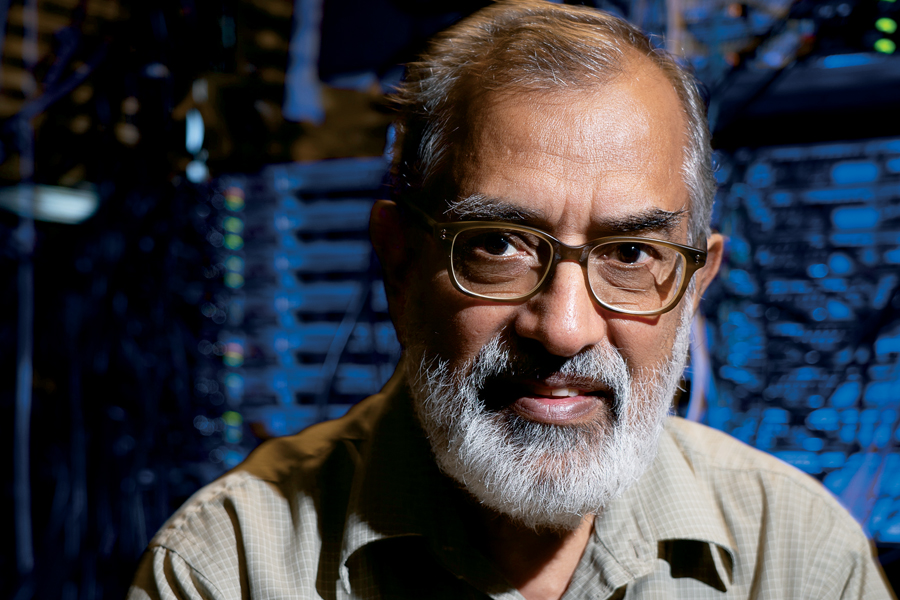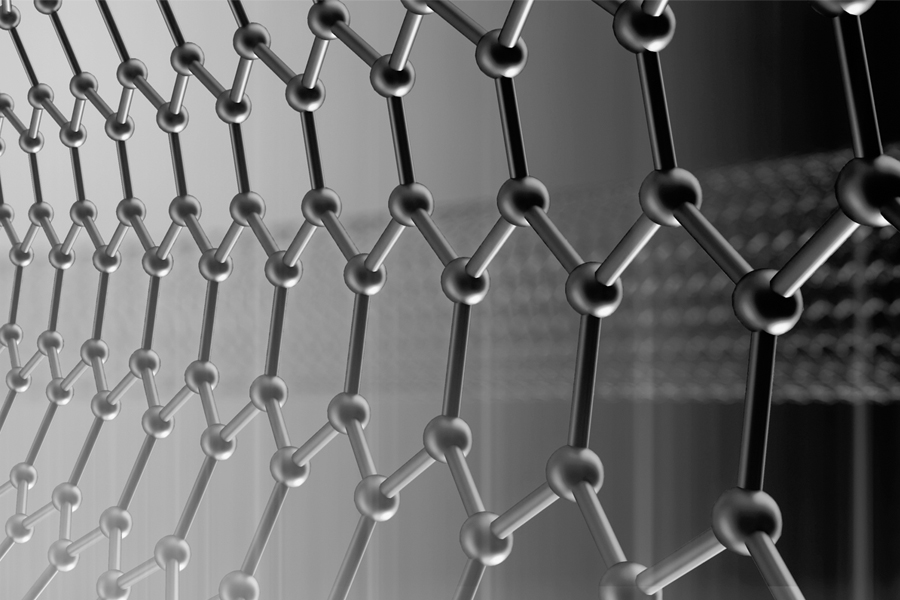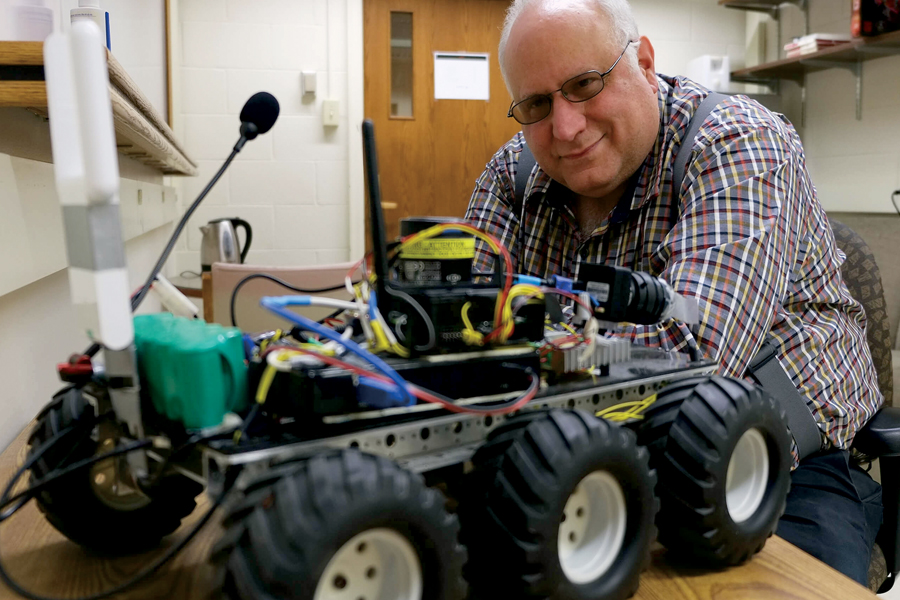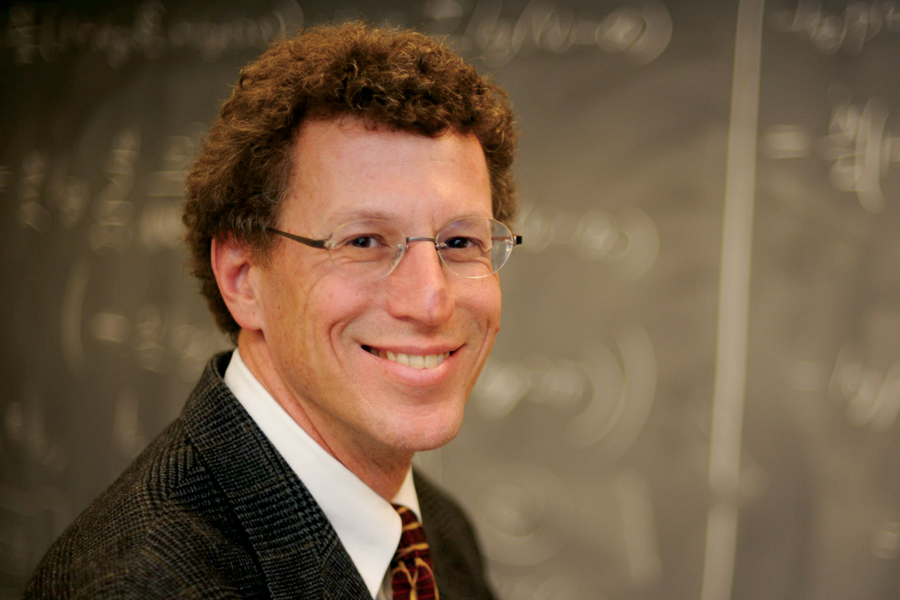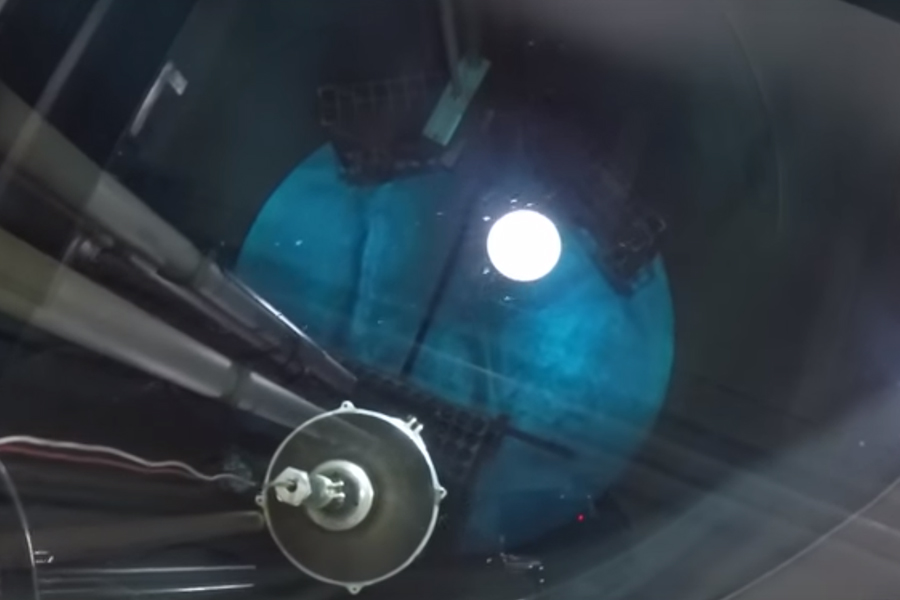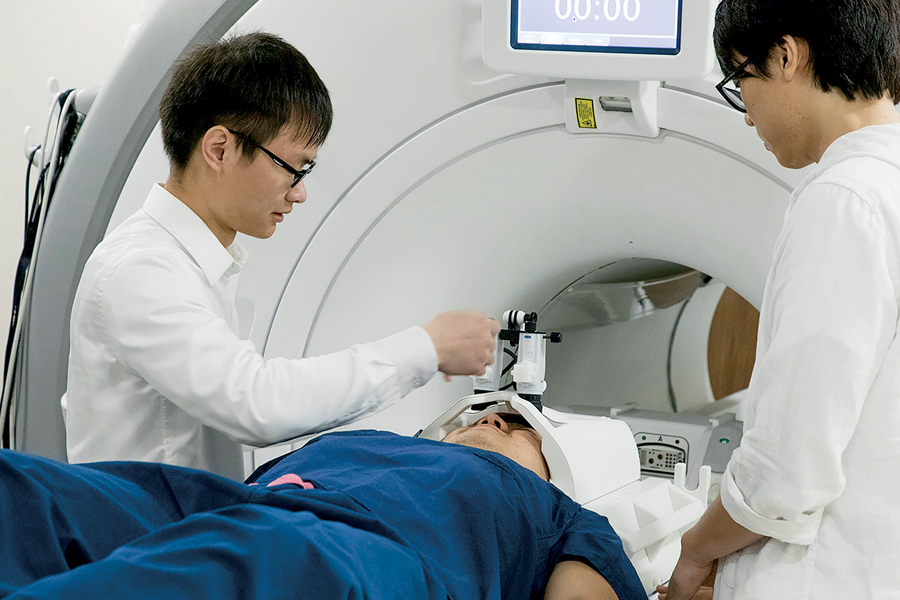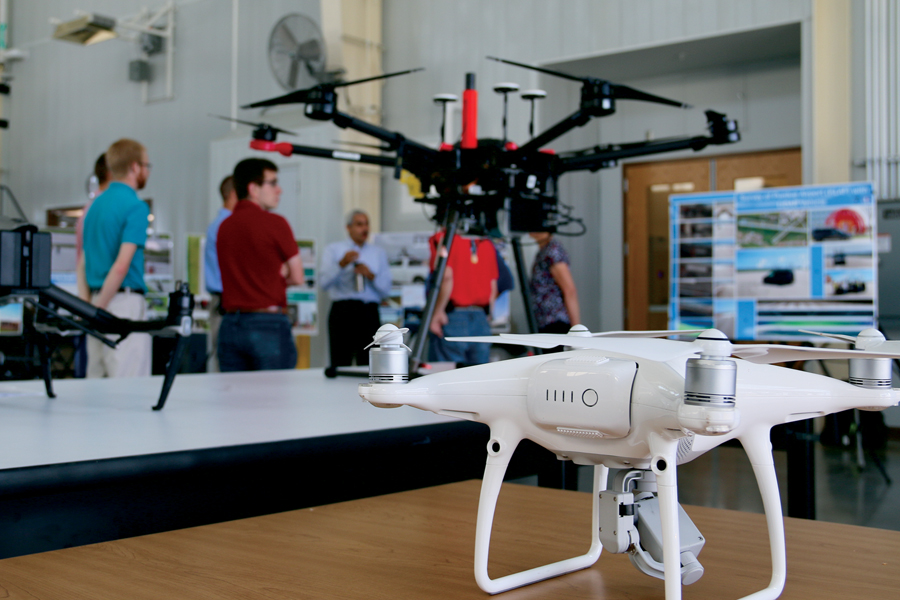In This Issue
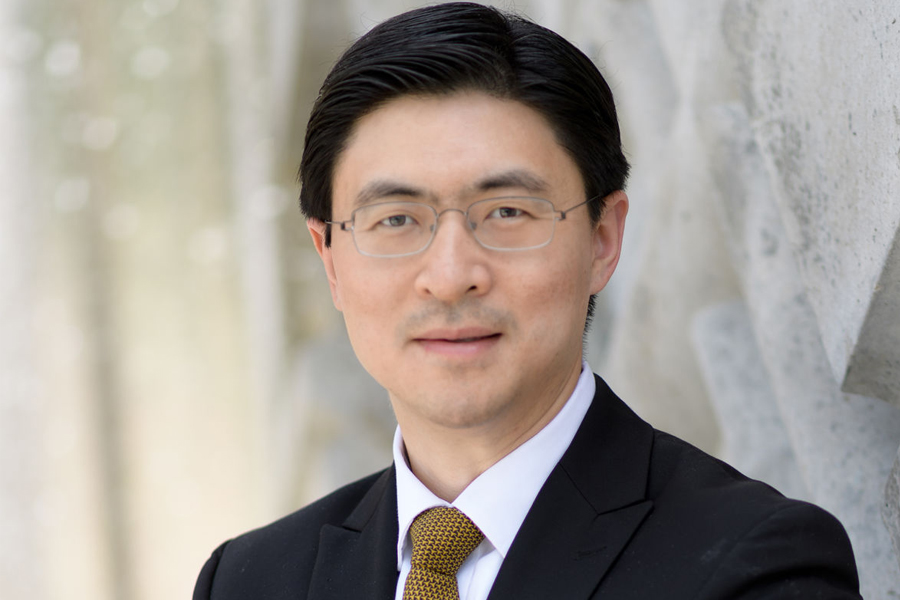
There is little debate about the importance of data science to engineering. What is often less appreciated is the strength of Purdue Engineering faculty in specific areas of this field.
This inaugural issue of the revamped Frontiers magazine celebrates their research: from the foundations of high-performance computing, visualization and signal processing to the applications of data science in biomedical, digital agriculture, imaging, infrastructure, online learning, manufacturing and more.
As part of Purdue University’s Integrative Data Science Initiative, the College of Engineering started in 2018 IDEA: Initiative on Data and Engineering Applications, a coordinated effort to advance education and research along this direction. The centerpieces of the effort include key centers of research excellence in targeted areas, a Data Mind learning requirement for all Purdue Engineering students, and substantial investment in faculty recruiting, with nine openings in 2018-19.
Growing selected areas of data science with unique strength is an essential part of our overall strategies to become the best at the interface between virtual and physical sides of engineering, as Purdue Engineering propels to the pinnacle of research excellence at scale.


